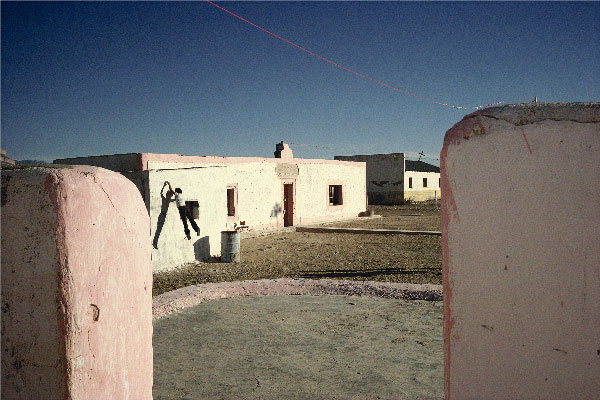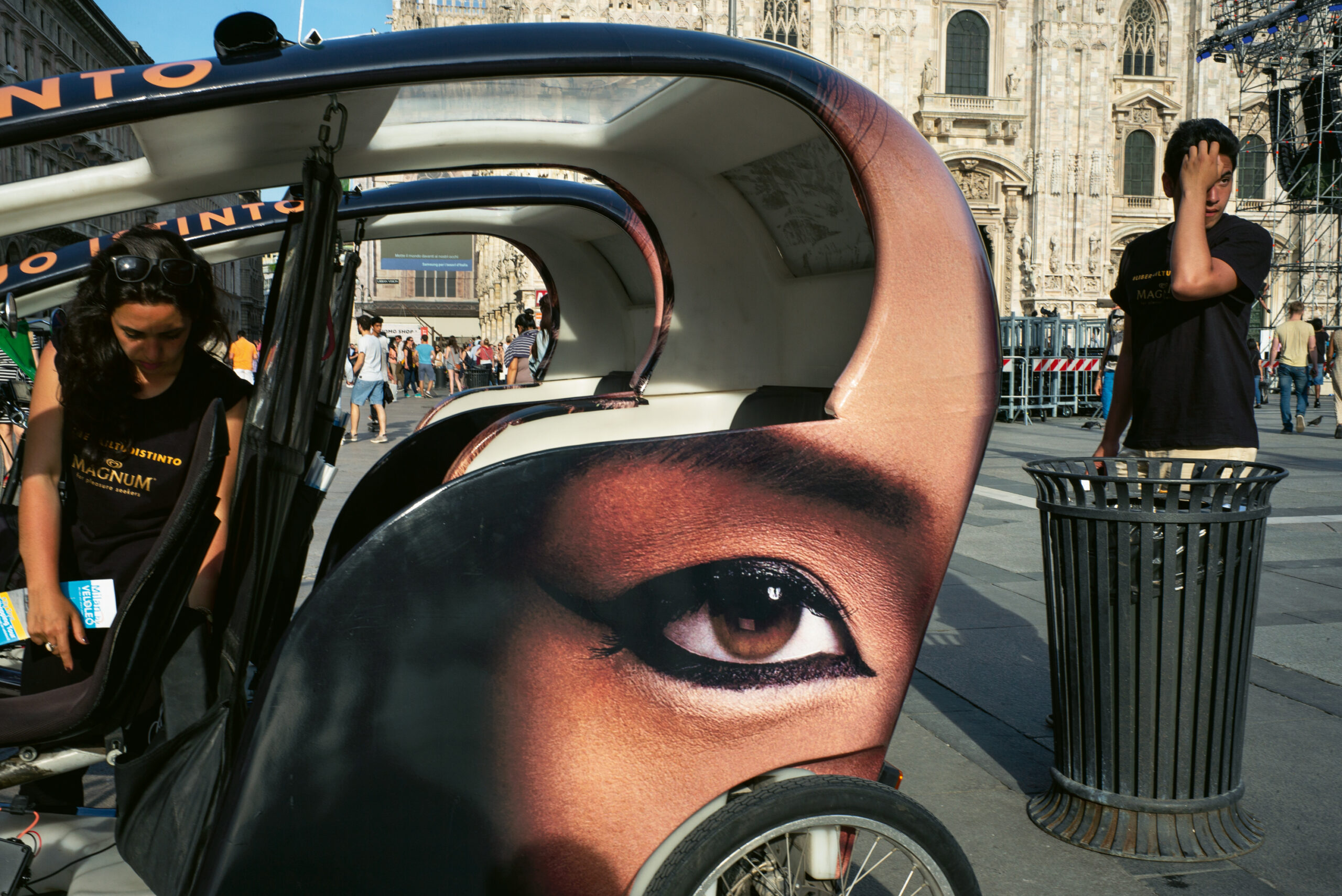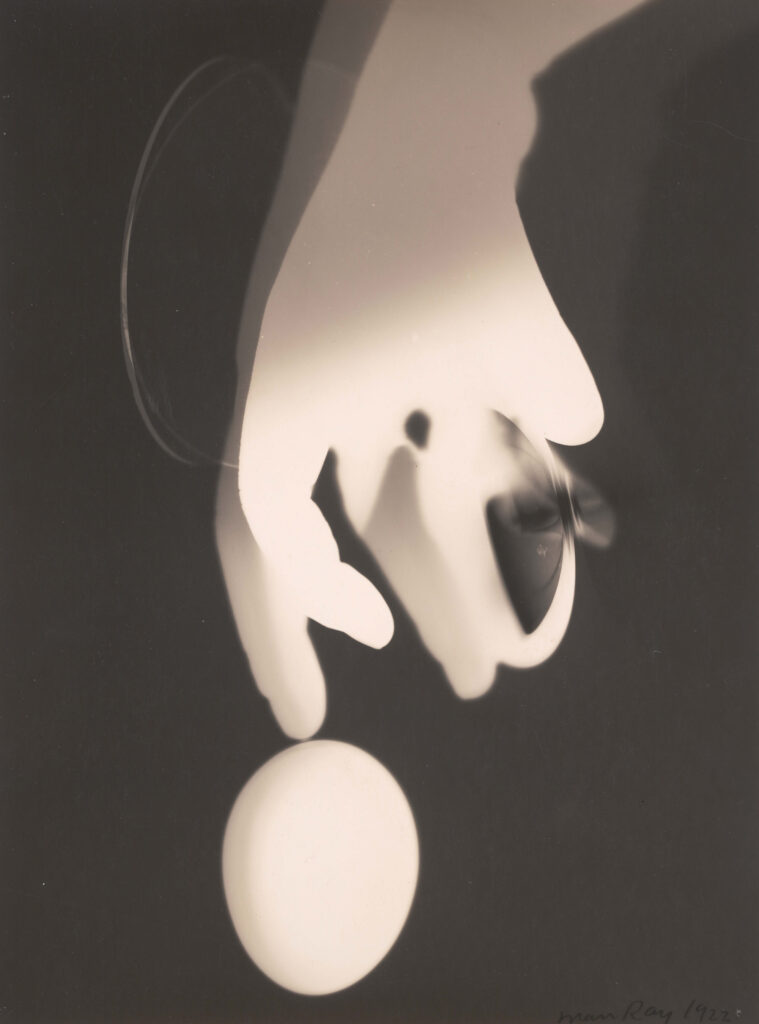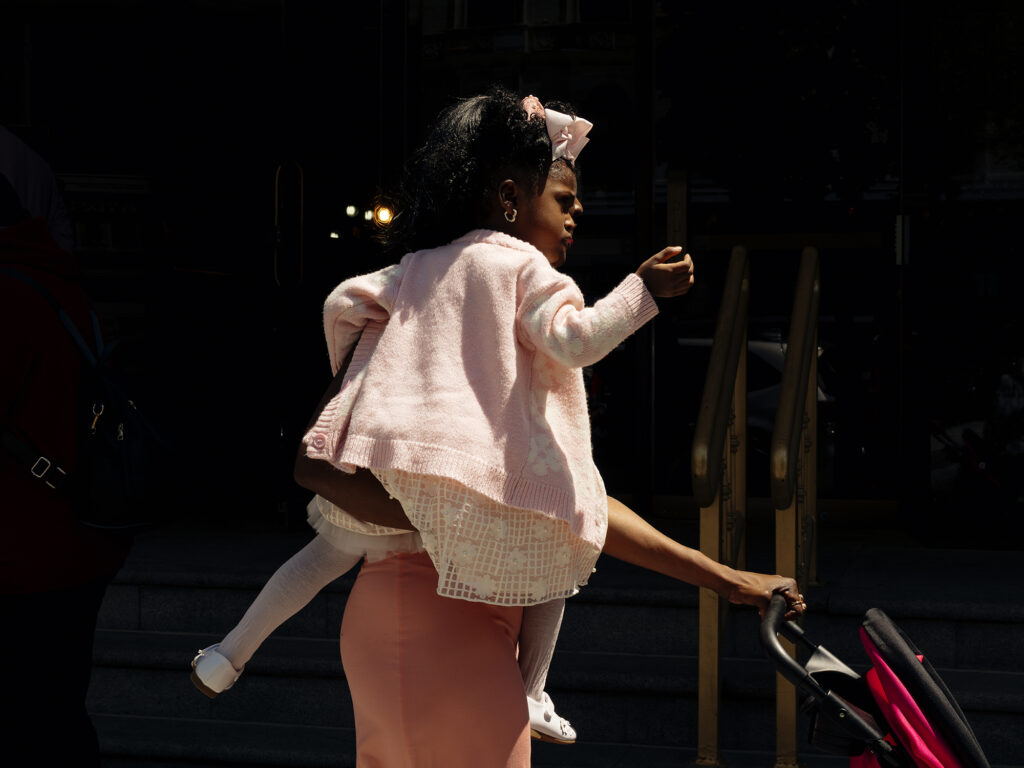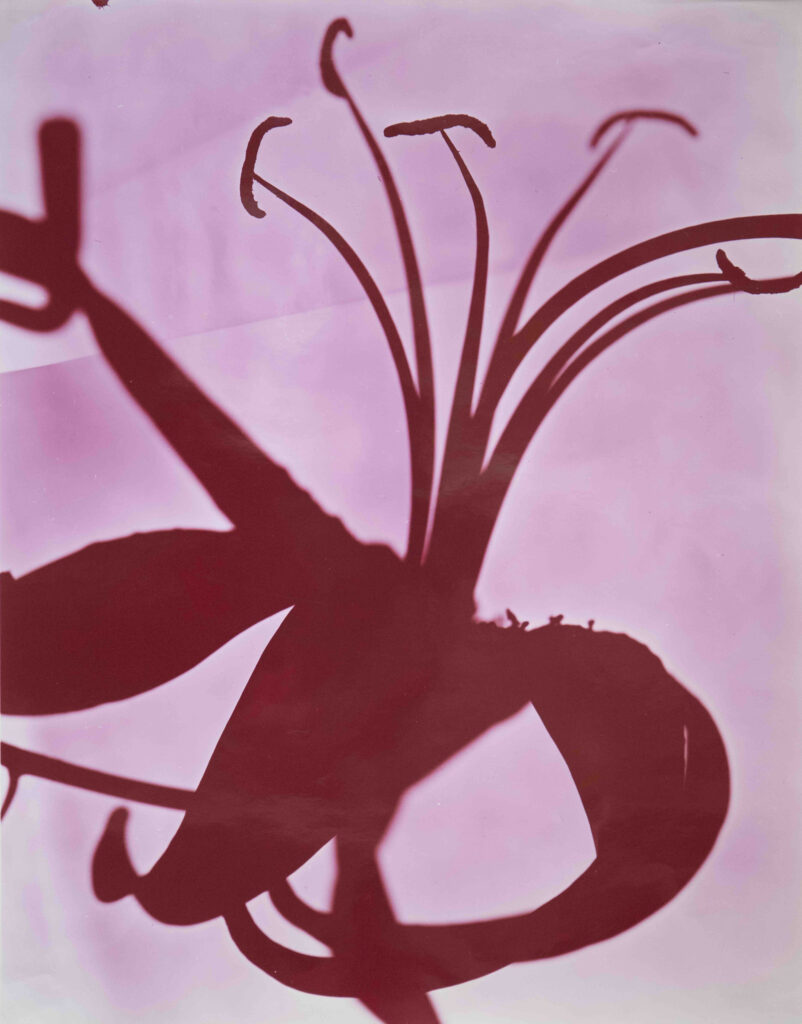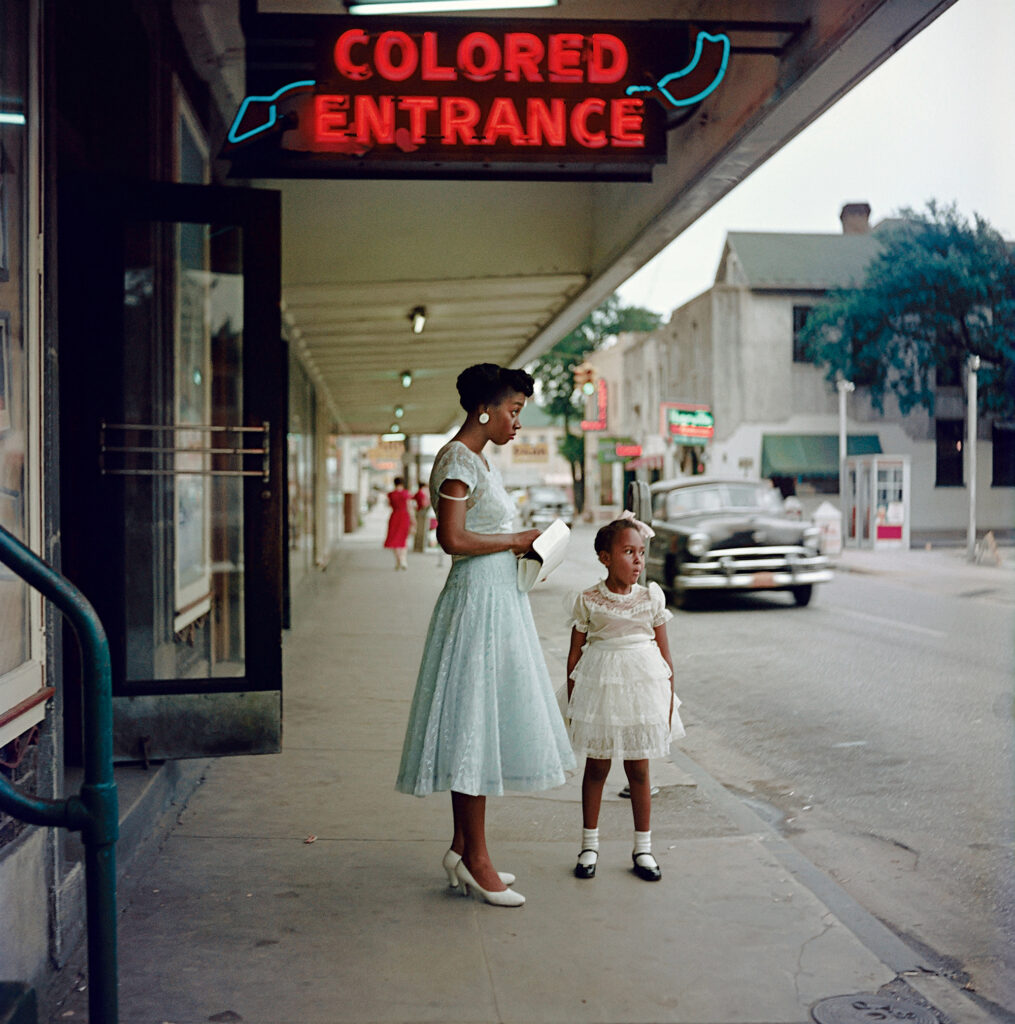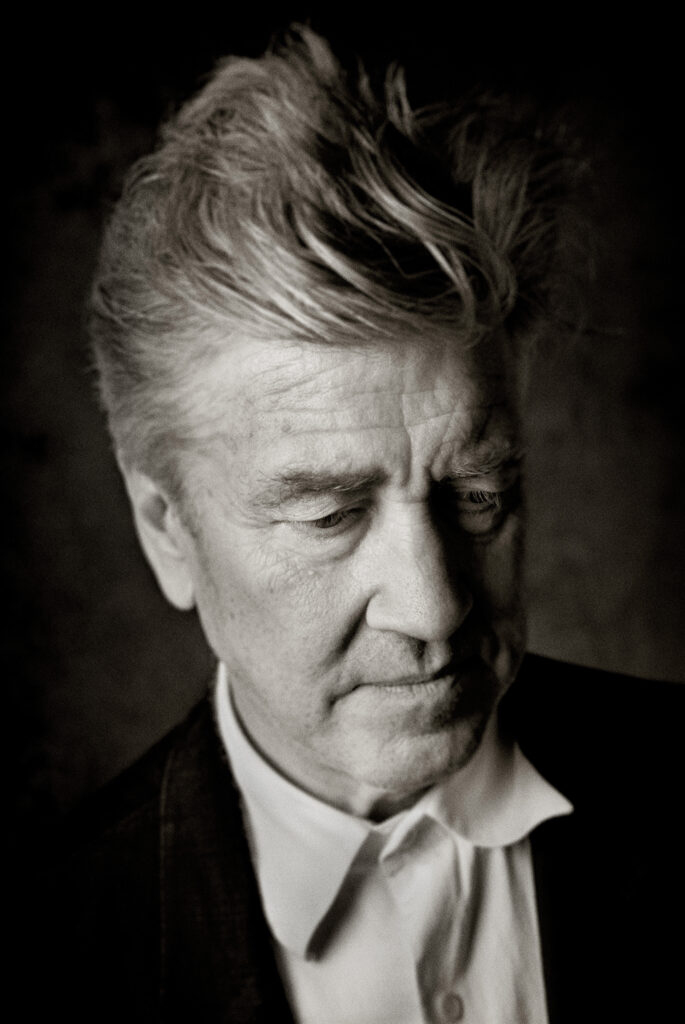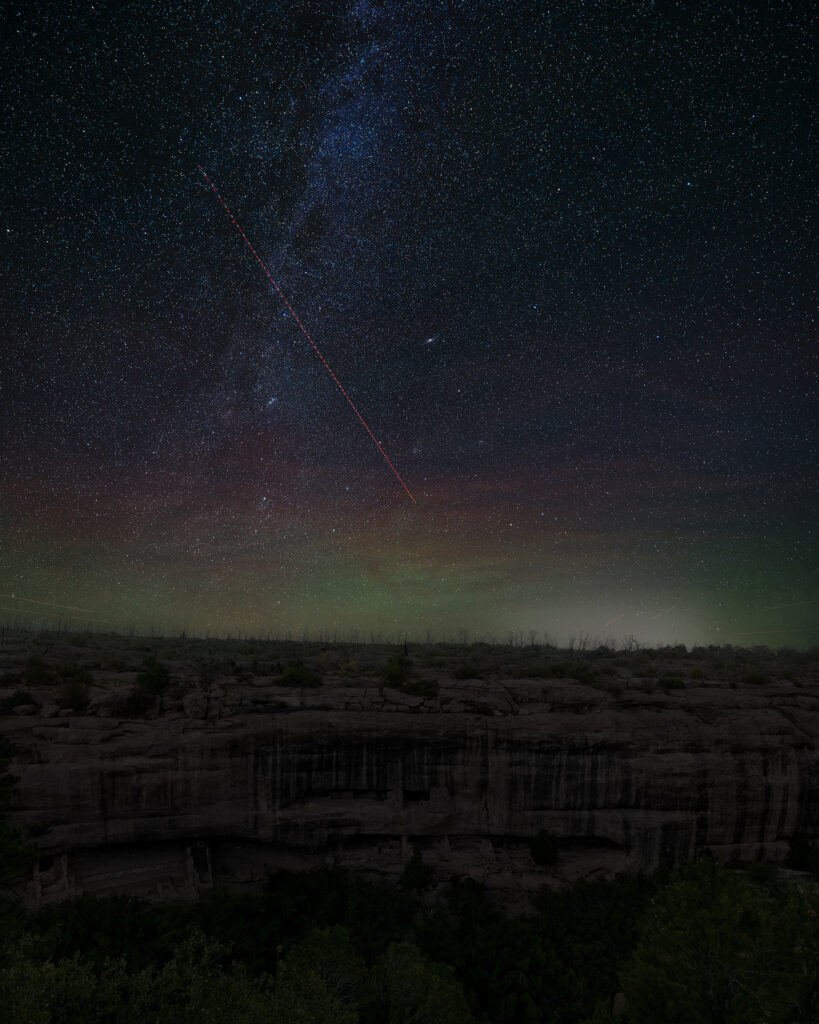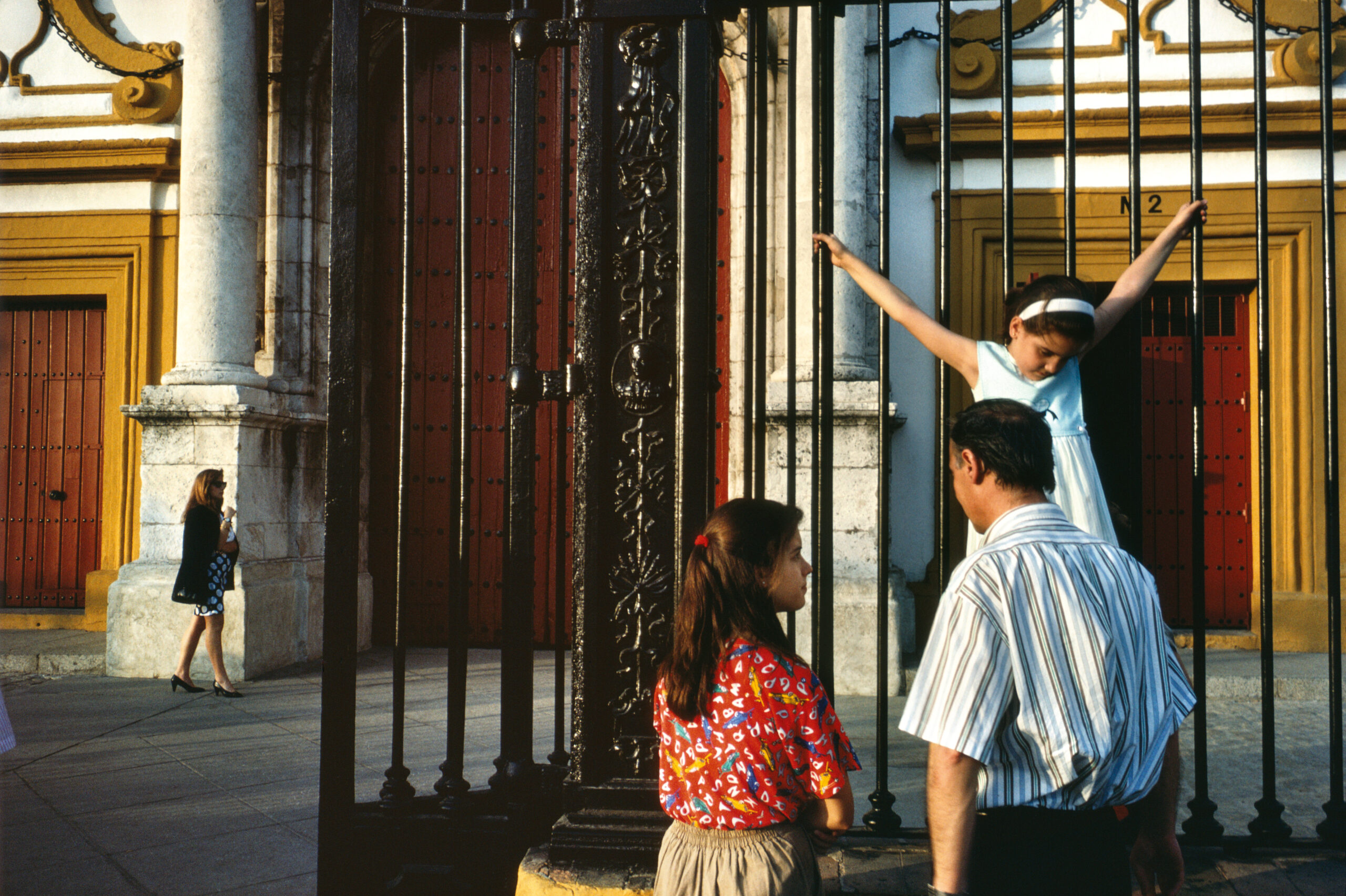
Featured
Alex Webb on Reimagining a Photobook, Twenty-Five Years Later
In a new edition of a long out-of-print volume, Webb draws from photographs across many locations. Here, he considers the act of photography as a form of dislocation in itself.
About twenty-five years ago, I was looking at a group of photographs that intrigued and somewhat puzzled me. None of these rather curious stray images had yet found their way into any of my books. It wasn’t just that the photographs didn’t fit the geographic parameters of the recent books I had published on Florida and the Amazon River, but also that they seemed almost placeless. As I selected and sequenced the images—seeing visual links, trying to understand the nature of the work—I began to realize that many of them struck a note of dislocation: inevitably geographically, as they were taken all over the world, but also sometimes emotionally, visually, psychologically, culturally. There was often something just a little odd, a little strange. As I shaped and expanded the sequence, it became clear that they belonged together as a single body of work.
In 1998, I was invited to publish a limited edition artist book of this work by Harvard’s Film Study Center. Dislocations was an experiment in alternative bookmaking—a notion that seems a bit quaint these days, what with the vast variety of photographic books now being produced. Dislocations was printed in an edition of forty with four artist proofs. It was an accordion book with Canon laser prints (then considered state of the art) of some fifty photographs tipped in on debossed pages, with titles that I handwrote. And, it came in a unique collapsible box.
Looking back, perhaps I was drawn to reimagining and enlarging this series during the pandemic in part because it was impossible to create such images in a world dominated by closed borders and disrupted travel.

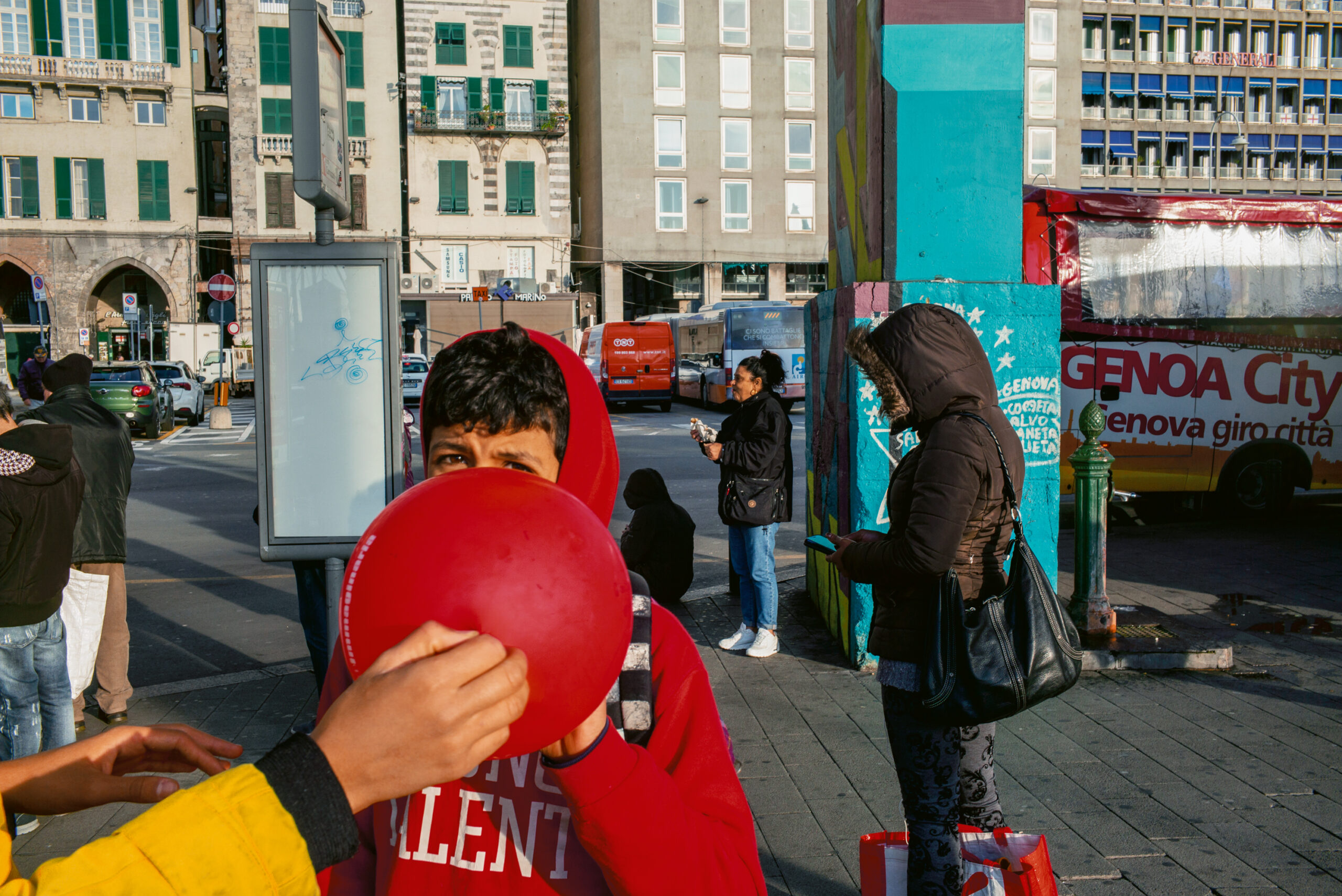
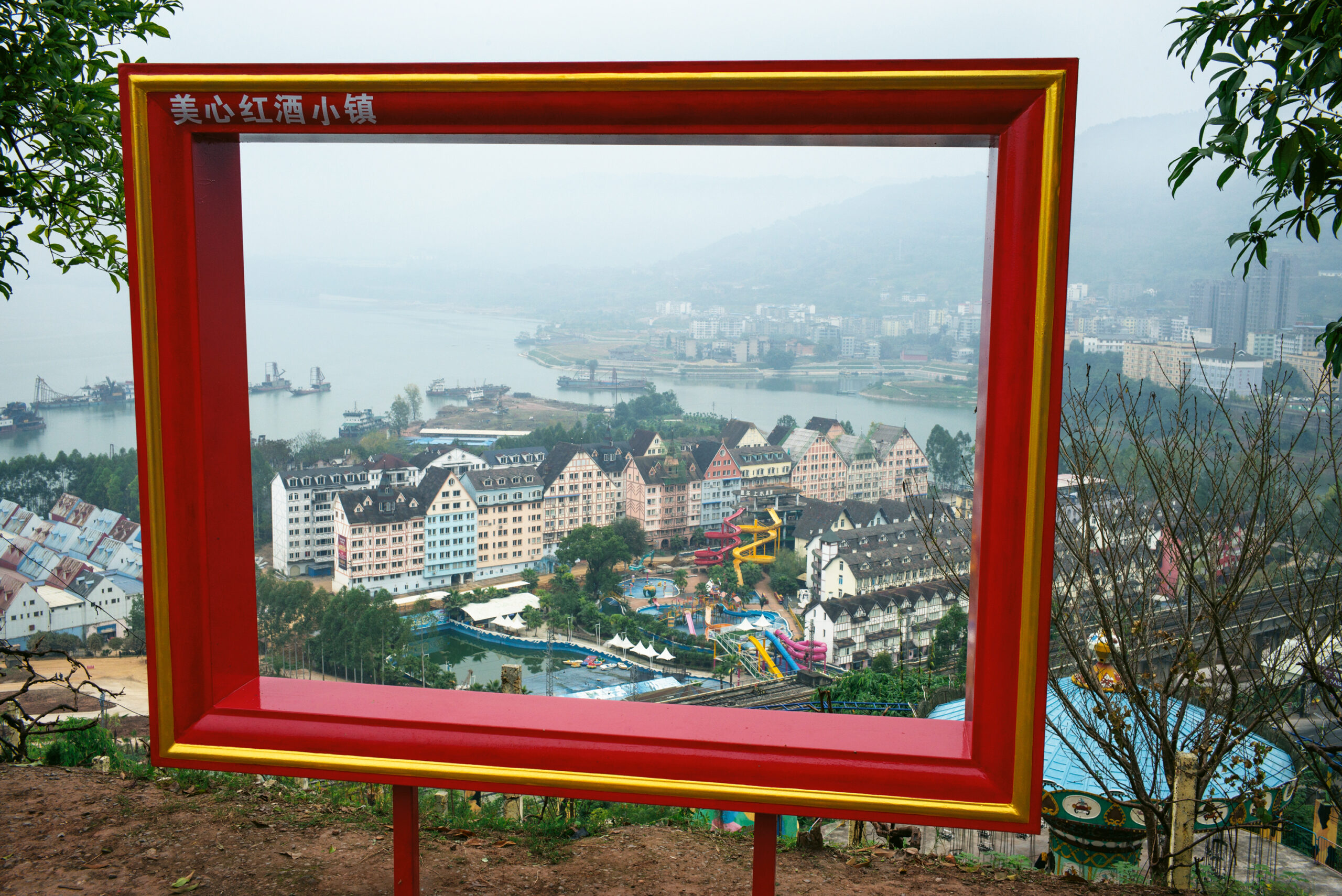
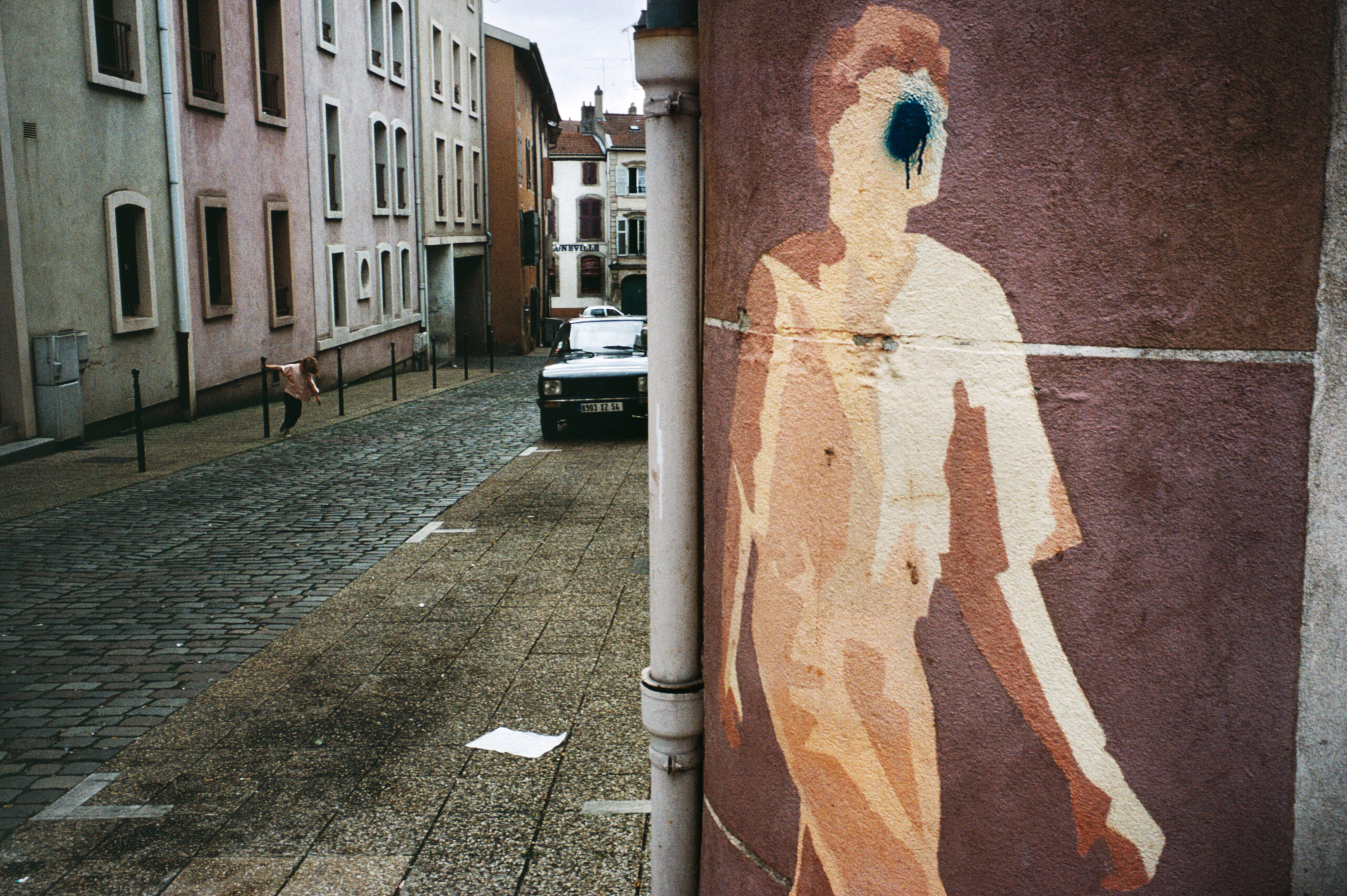
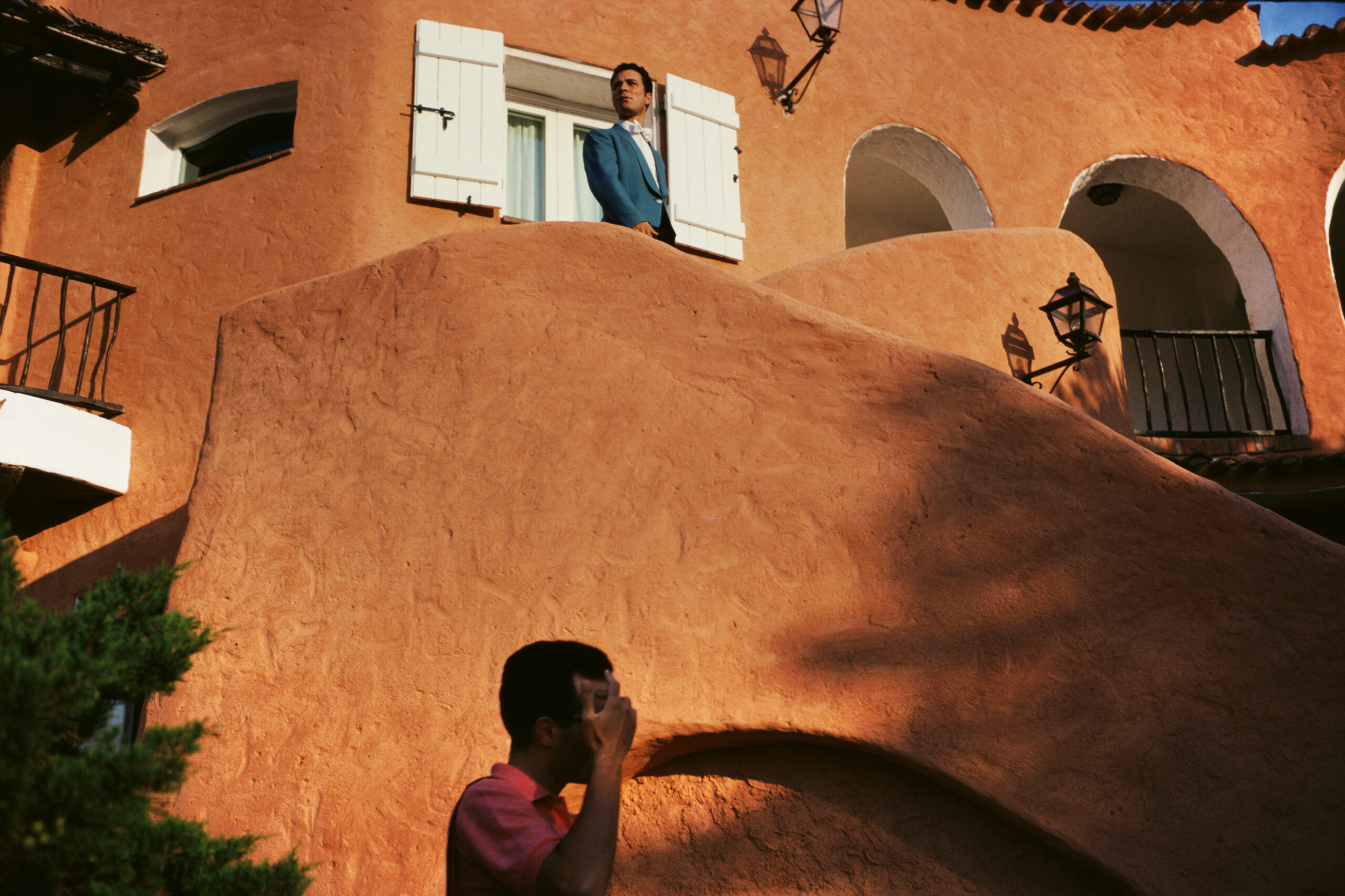



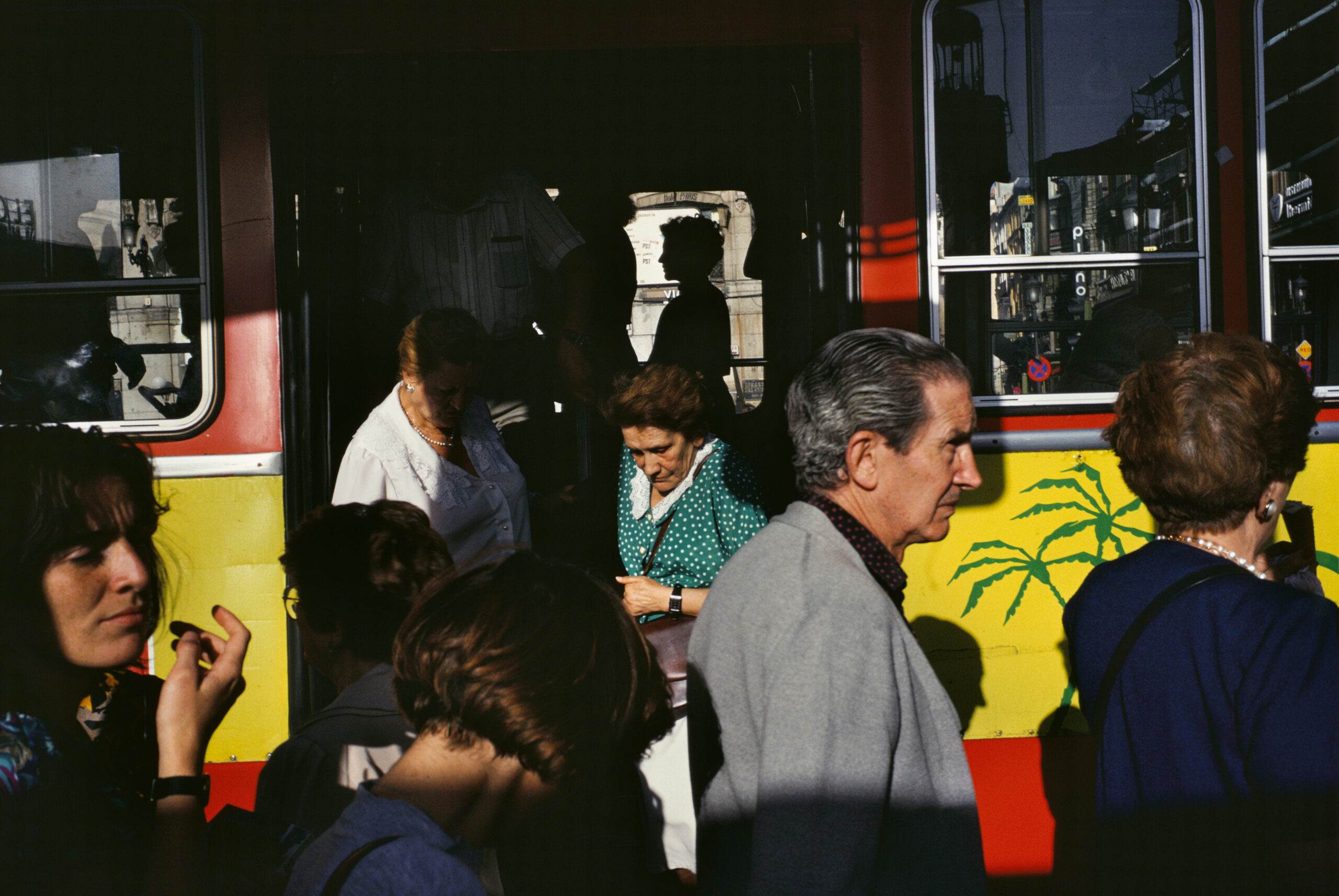
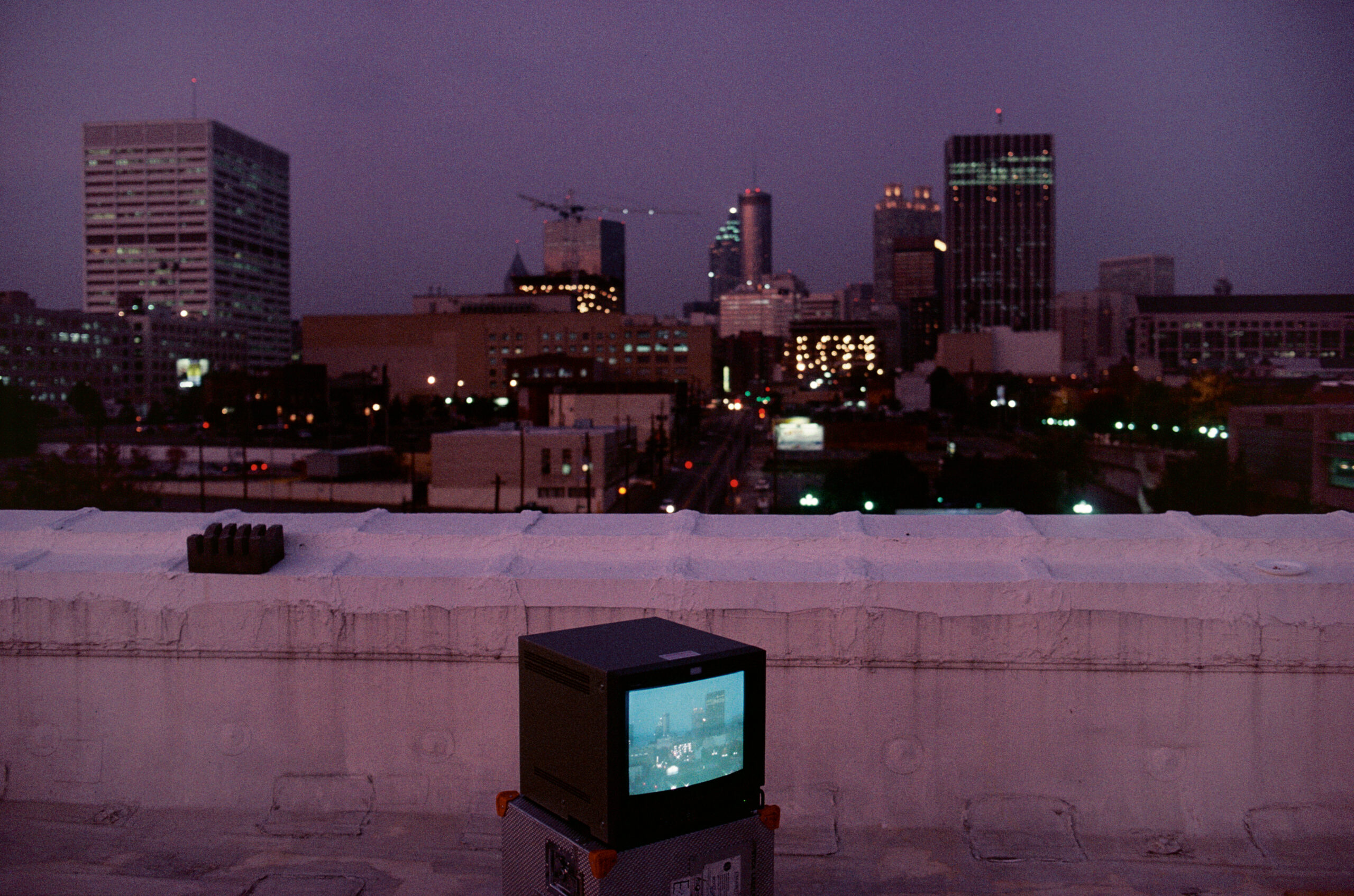
All photographs courtesy the artist
This text originally appeared in Dislocations (Aperture, 2023).


